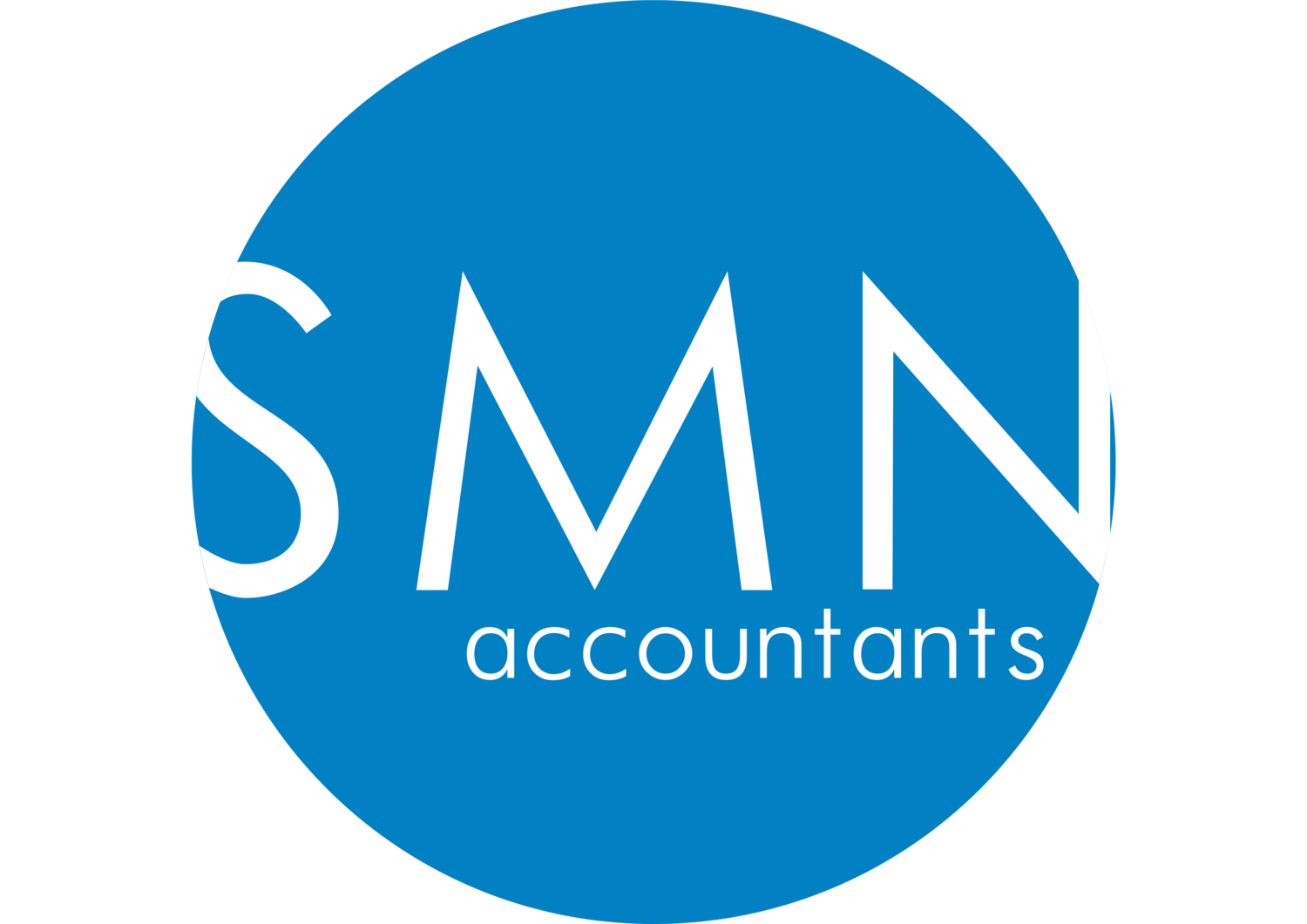Budget 2021/2022
The Budget for 2021/2022 has been released. Similar to what we saw in the last year’s budget, the government have taken a more expansive budget approach, with increased spending a clear focus. The key takeaways effecting businesses and individuals include:
Asset Write-offs – temporary full expensing will be extended by 12 months to allow eligible businesses with aggregated annual turnover or total income of less than $5 billion to deduct the full cost of eligible depreciable assets of any value, acquired from 7:30pm AEDT on 6 October 2020 and first used or installed ready for use by 30 June 2023.
Loss carry-back - similar to the full expensing, temporary loss carry-back has been extended for 12 months. This allows eligible companies (i.e., with aggregated turnover of less than $5 billion) to also carry back (utilise) tax losses from the 2023 income year to offset previously taxed profits as far back as the 2019 income year when they lodge their tax return for the 2023 income year.
Debt recovery for small business - small business entities can apply to the Small Business Taxation Division of the Administrative Appeals Tribunal (the ‘Tribunal’) to pause or modify ATO debt recovery actions. This will likely save small businesses significant legal costs as they try to navigate any large debts owed to the ATO.
Super Guarantee eligibility - The Government will remove the current $450 per month minimum income threshold, under which employees do not have to be paid SG contributions by their employer. This is likely to be enacted by 1 July 2022.
Self-education costs – The Government will remove the exclusion of the first $250 of deductions for prescribed courses of education.
Cash back for Low and middle income earners – the Low and Middle Income Tax Offset (‘LMITO’) has been extended for another 12 months. Individuals with a taxable income of $48,001 to $90,000 will receive the full $1,080 tax benefit when completing their tax return.
See below a link with further information provided by the NTAA.
